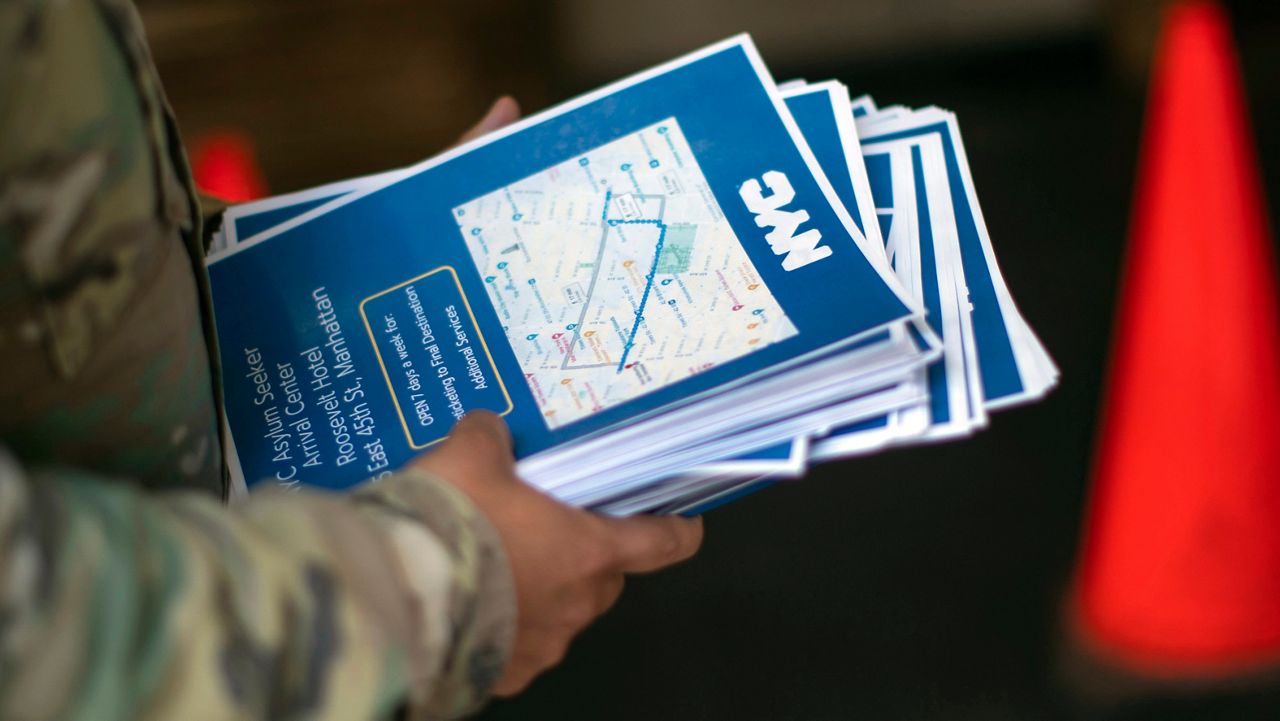In lower Manhattan, construction is underway at 55 Broad Street.
The high-rise used to be the headquarters for Goldman Sachs, but now it could be the anchor for a new initiative at Silverstein Properties.
What You Need To Know
- A majority of office-to-housing building conversions happen in the Financial District
- The city has more favorable conditions for conversions to happen in that neighborhood
- Developers see opportunity elsewhere in the city, but it would depend on political action
“So there could be 15 apartments on this floor,” said Marty Burger, CEO at the company.
It’s Silverstein’s first office-to-apartment building conversion.
In a few years, 571 units will be available to rent. And the firm is now investing a billion dollars in these kinds of projects.
The focus is expected to be in New York City.
“What’s great about New York is any neighborhood has become a neighborhood you can live in,” he said.
It’s certainly the case for the Financial District. Despite its name, the neighborhood has had more than 8,000 apartments come onto the market in the last 30 years in buildings that, almost entirely, were converted from office buildings.
The data is from the real estate software firm Yardi. But the numbers also show that this kind of work hasn’t caught on as quickly in other neighborhoods.
“There’s a lot of opportunity here but it’s really difficult to make these work,” said Burger.
From the cost to renovate, to the months-long permitting process and convoluted zoning laws, these are some of the factors that can make these projects impossible in some city neighborhoods.
All this in a time when it has become more unaffordable than ever to live in New York City.
Median rents in Manhattan have been holding at near record levels. In September, it was $4,350 a month, according to Douglas Elliman.
“Every elected in this city, the number one thing they hear is housing. Housing, housing. And there’s just not enough of it. That’s the reality of it,” said Mayor Eric Adams at a press conference in August.
The mayor has a goal of creating 500,000 apartments in New York City in the next decade in hopes that more supply can bring down high rents.
And part of that would be to make it easier to convert office buildings to apartments, when more of these buildings have been sitting empty in a post-pandemic world.
This summer, Adams held a press conference to talk about some of his plan. It would increase the eligibility of buildings that could be converted, relax zoning requirements in Midtown South, and create a city office to streamline conversions.
“One hundred and thirty-six million square feet of office space will be eligible for conversion,” said Adams.
Developers like Burger say these changes can be helpful. But not all of that 136 million square feet of office space the mayor referenced to will actually get converted.
“I think that number is going to be reduced quite a bit,” said Robert Fuller, a principal at the architecture firm Gensler.
He gave NY1 a look at a computer program the firm uses to determine if an office building should go residential. They’ve studied 125 in New York City.
“Based on our rough numbers, maybe 25% of those buildings could work from a physical standpoint,” he said.
So, even if some of the red tape is cut and these conversions are more doable, some buildings just aren’t meant to be for apartments. But Fuller said the city’s plans should help.
“They thought about it pretty holistically,” he said.
Zoning changes are not just a city matter, but a state one, too. There’s been no significant change since that August press conference, and even before that when the city released a comprehensive set of housing recommendations at the beginning of the year.
There have been some smaller bills passed at the state level, but Gov. Kathy Hochul’s massive housing proposal, which included zoning changes and incentives for conversions and zoning, was rejected by the state legislature this past year.
As the wait continues, politically, the work continues at 55 Broad Street.
Remember how not every building is easy to convert? Burger said that was not the case at his new site.
“This building just happened to work because it had a great floor plate, great size, great ceiling heights,” he said.
Burger hopes it will be a great place for New Yorkers to call home soon enough.


%20PKG%20OFFICE%20CONVERSIONS%20CLEAN?wid=320&hei=180&$wide-bg$)

